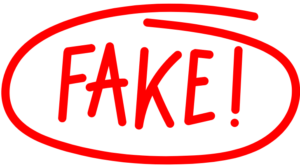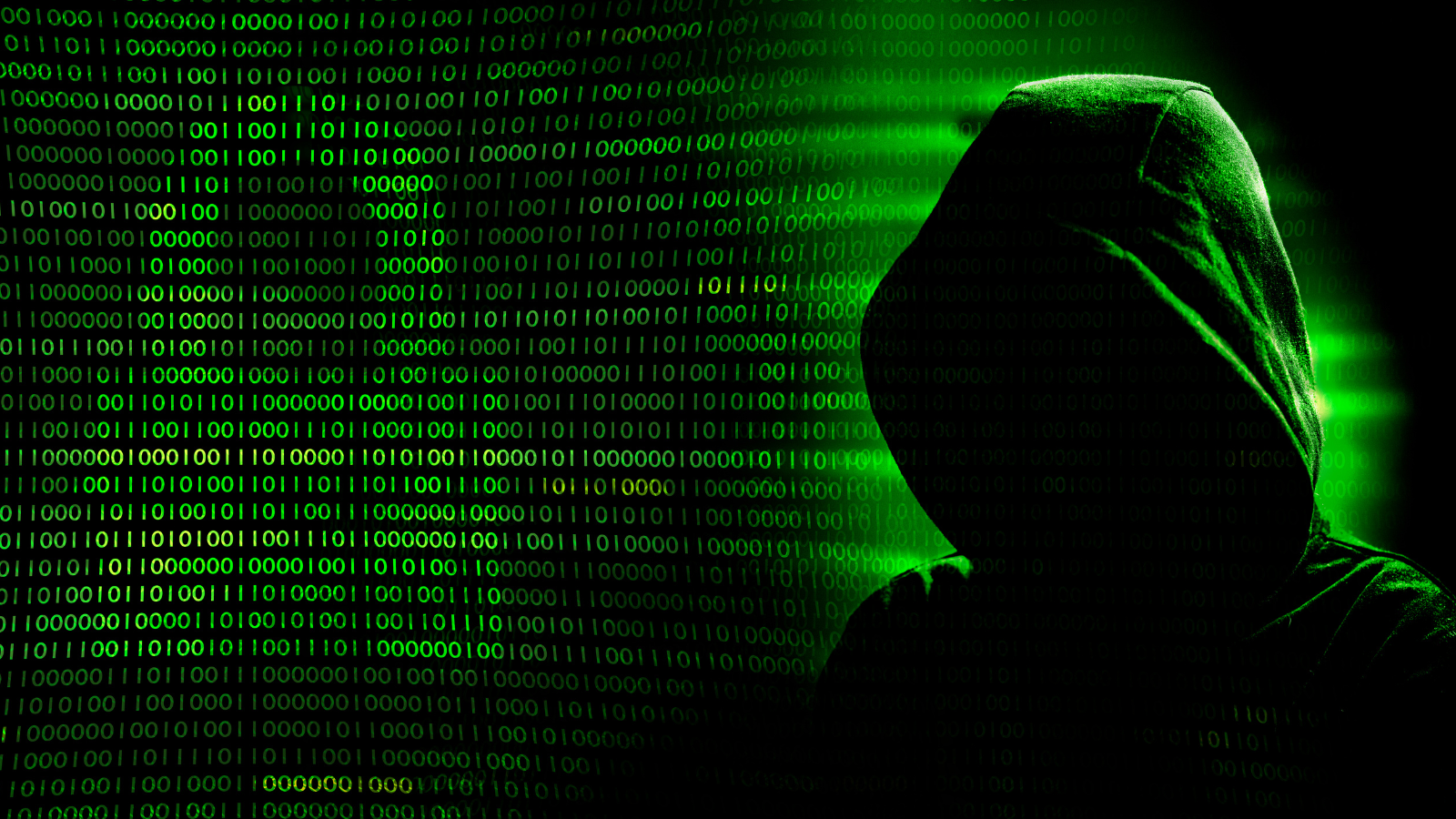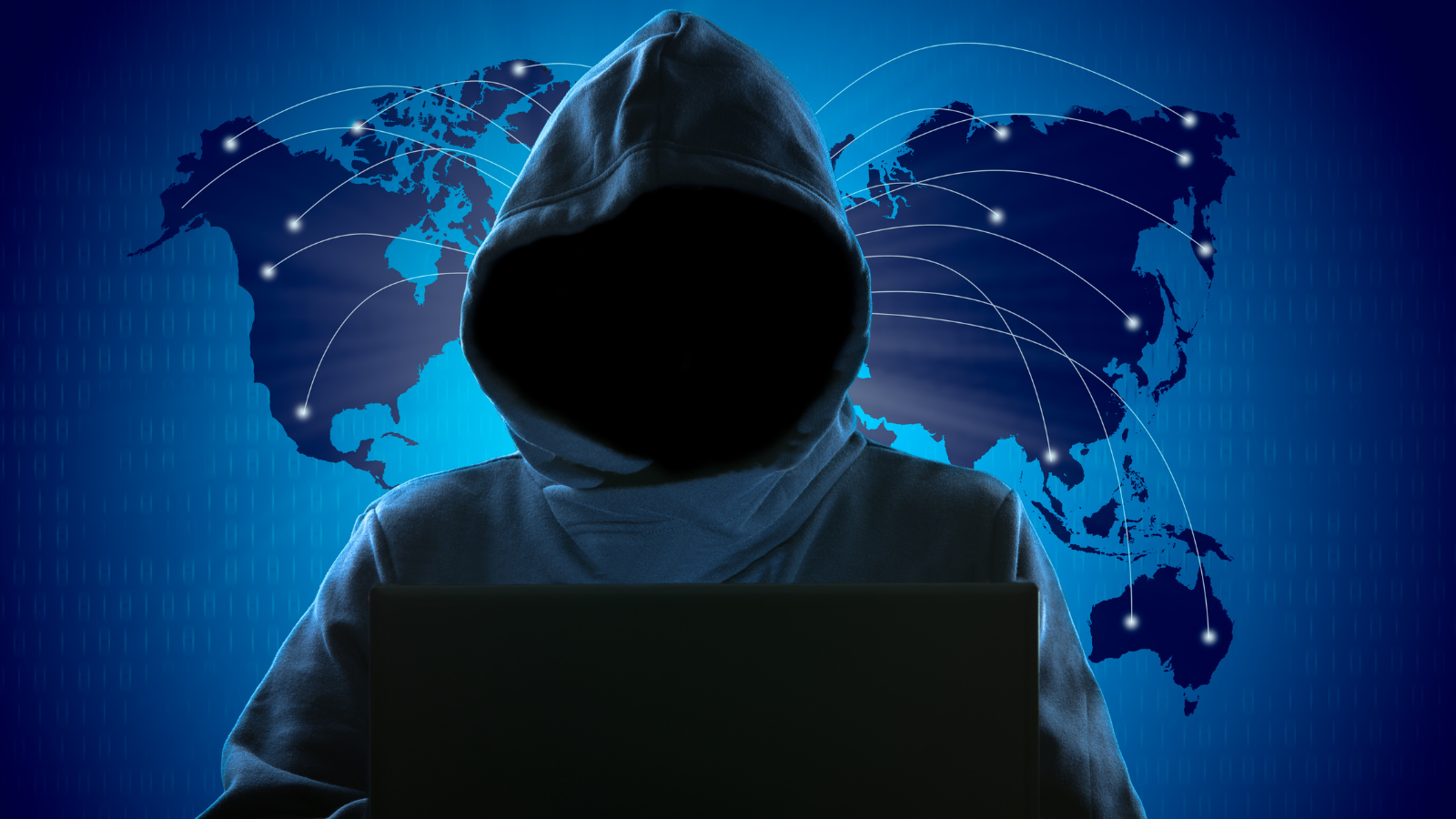 How To Spot A Deepfake
How To Spot A Deepfake
Deepfakes are increasingly sophisticated AI-generated videos or images that can be difficult to distinguish from real media. However, there are several tell-tale signs to look out for:
- Unnatural facial movements: Pay attention to blinking patterns, mouth movements, and facial expressions. Deepfakes may exhibit irregular or robotic movements.
- Inconsistent lighting and shadows: Check if the lighting on the face matches the surroundings and if shadows fall naturally.
- Blurring or distortion: Look for areas of the image or video that appear blurry, especially around the edges of faces or where different elements meet.
- Unnatural skin texture: Deepfakes may have overly smooth or unnaturally textured skin.
- Hair and teeth inconsistencies: These are challenging to recreate accurately. Look for unnatural hair movement or teeth that appear too perfect or uniform.
- Audio-visual mismatches: In videos, watch for lip movements that don’t sync perfectly with the audio.
- Unusual backgrounds: Deepfakes often focus on faces, leaving backgrounds less detailed or realistic.
- Artifact glitches: Watch for sudden glitches or artifacts, especially during movement.
- Inconsistent image quality: If part of an image is sharper or of different quality than the rest, it may be manipulated.
- Context and source: Consider the source of the media and whether it’s consistent with known facts and the subject’s typical behavior.
While these tips can help, deepfake technology is rapidly advancing. When in doubt, cross-reference with trusted sources and use deepfake detection tools when available. ![]()
 Deepfake Detection Tools
Deepfake Detection Tools
Several deepfake detection tools have been developed to help identify AI-generated media. Here are some notable examples:
- Microsoft Video Authenticator: Analyzes videos and images to provide a percentage chance that the media has been artificially manipulated.
- Sensity AI: Offers a suite of tools for detecting various types of deepfakes and synthetic media.
- Deepware Scanner: A web-based tool that allows users to upload videos for analysis.
- Intel FakeCatcher: Claims to detect deepfakes in real-time with 96% accuracy by analyzing blood flow in video pixels.
- Deeptrace: Provides enterprise-level deepfake detection services.
- Truepic: Offers a platform for verifying the authenticity of images and videos at the point of capture.
- Dessa’s Deepfake Detection: An open-source tool that uses machine learning to identify fake videos.
- Google’s Jigsaw Assembler: A free tool that helps journalists and fact-checkers detect manipulated images.
- Facebook’s Deepfake Detection Challenge: While not a tool itself, this initiative has led to the development of various open-source detection algorithms.
- Sentinel: A blockchain-based solution for media authentication and deepfake detection.
It’s important to note that as deepfake technology evolves, detection tools must continually adapt. The effectiveness of these tools can vary, and they may become outdated as new deepfake techniques emerge. For the most current and reliable tools, it’s best to consult cybersecurity experts or reputable technology news sources. ![]()


Elections and Deepfakes
Let’s delve deeper into some of the key concerns and efforts surrounding deepfakes in elections:
- Potential for misinformation: Deepfakes could be used to create videos of candidates seemingly saying or doing things they never actually said or did. For example, a deepfake could show a candidate making racist comments or admitting to corruption. Even if quickly debunked, the initial shock value could leave a lasting impression on voters.
- Voter manipulation: Beyond just spreading false information, deepfakes could be strategically crafted to target specific voter demographics or exploit known psychological biases. For instance, a series of deepfakes could be used to gradually shift a candidate’s perceived stance on key issues, potentially alienating their base or attracting new supporters under false pretenses.
- Erosion of trust: The “liar’s dividend” is a term used to describe how the existence of deepfakes can benefit bad actors by allowing them to dismiss genuine evidence of misconduct as fake. This creates an environment where truth becomes increasingly subjective, undermining the shared reality necessary for democratic discourse.
- Rapid spread: The virality of sensational content on social media platforms means a convincing deepfake could reach millions of viewers before fact-checkers can respond. Platforms like Facebook, Twitter, and TikTok are working on policies and technologies to detect and limit the spread of deepfakes, but it’s an ongoing challenge.
- Last-minute attacks: The “October surprise” phenomenon in US politics refers to news events that can swing an election late in the campaign. Deepfakes could be used to manufacture such surprises, leaving little time for campaigns to respond effectively.
- Detection and prevention efforts:
- Tech companies like Microsoft and Google are developing tools to detect deepfakes.
- Some countries are exploring legislation. For example, China has banned the creation and distribution of deepfakes without proper disclosure.
- Media literacy programs are being implemented in schools and through public awareness campaigns to help people critically evaluate online content.
- International concerns: There’s worry about foreign interference in elections using deepfakes. For instance, US intelligence agencies have warned about potential Russian use of deepfakes in disinformation campaigns targeting US elections.
- Positive uses: It’s worth noting that deepfake technology also has potential positive uses in elections, such as creating multilingual versions of candidate speeches to reach diverse voter populations.
The challenge moving forward is to balance the potential benefits of this technology with robust safeguards against its misuse in the electoral process. This will likely require ongoing collaboration between tech companies, governments, and civil society organizations. ![]()

Culprits Pushing Deepfakes
I’ll provide some general information about deepfake creation and distribution, but I want to note that this is a complex and evolving topic:
Deepfakes are often created and spread by various actors, including:
- Individual hobbyists and enthusiasts experimenting with the technology
- Online communities and forums dedicated to creating and sharing deepfakes
- Political actors and groups seeking to spread misinformation or influence public opinion
- Cybercriminals using deepfakes for fraud or blackmail
- Some adult content creators using the technology without consent
- State-sponsored groups engaging in disinformation campaigns
It’s important to recognize that deepfake technology itself is neutral – it’s the intent and use that can be problematic. Many legitimate applications exist in fields like film, education, and art.
Efforts to combat malicious deepfakes focus on detection technology, legal frameworks, and public awareness. However, as the technology rapidly advances, identifying specific culprits or fully preventing misuse remains challenging. ![]()

Agents of Deepfakes
No single country is solely responsible for deepfakes, as the technology and its use are global phenomena. However, some countries have been more frequently associated with deepfake creation or distribution, often in the context of disinformation campaigns or cyber operations. Here’s some context:
- Russia: Often cited in reports about state-sponsored disinformation campaigns using deepfakes and other manipulated media.
- China: Has seen rapid advancements in AI and deepfake technology, with concerns about potential state use for surveillance or propaganda.
- United States: Home to many tech companies developing AI and deepfake technologies, as well as numerous individual creators.
- Various European countries: Have active research communities and individual creators working on deepfake technology.
It’s crucial to note that:
- Deepfake creation occurs globally, not just in these countries.
- Many uses of deepfake technology are benign or even beneficial.
- The technology itself is neutral; it’s the intent behind its use that can be problematic.
- Attribution of deepfakes to specific state actors can be challenging and sometimes speculative.
The international nature of the internet makes it difficult to pinpoint exact origins or assign responsibility to particular nations. The focus of many experts and policymakers is on developing detection methods and regulatory frameworks to address malicious use, regardless of the country of origin. ![]()

gptDeepfake.com
Partner Sites
In The Works
MuhammadAi.com
BigAppleAi.com
MisinformationAi.com
PhysicianBurnout.com
AiVanGogh.com
tweeted.com
AiShortFilm.com
FairyTaleGPT.com
AiVanGogh.com
Dot
请 Qǐng
Contact Us
Email admin@tweeted.com



